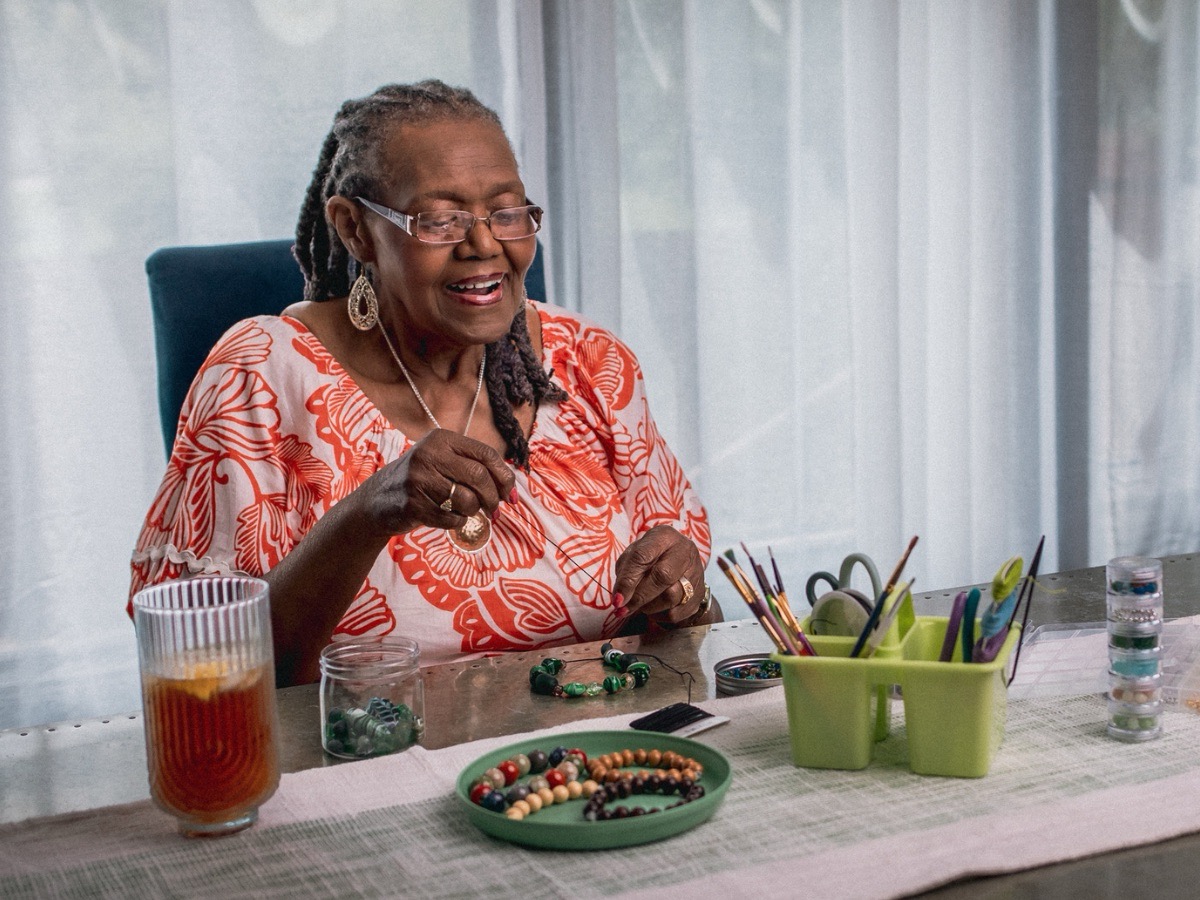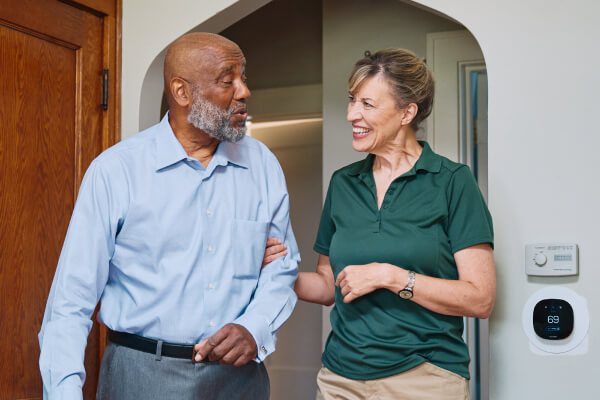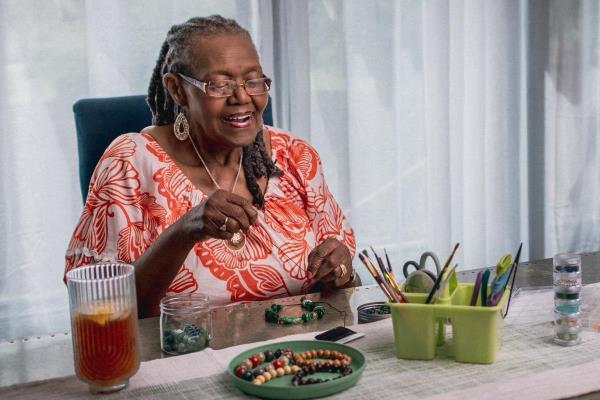
Understanding Arthritis in Older Adults: Causes, Types, and What to Do
What Is Arthritis in Older Adults?
Arthritis is one of the most common chronic conditions among older adults—but that doesn’t mean it should be considered a normal part of aging. Arthritis refers to inflammation of the joints, which can cause pain, stiffness, swelling, and reduced mobility. While it can affect people at any age, the risk and impact often increase with age.
If you notice signs of arthritis in a loved one, it’s important not to dismiss these symptoms as “just getting older.” Instead, bring up these concerns with a healthcare provider. Early evaluation and treatment can help reduce discomfort, maintain mobility, and prevent further joint damage.
Understanding the causes of arthritis, the different types that commonly affect seniors, and practical ways to manage the condition can make a meaningful difference in your loved one’s quality of life—and your caregiving experience.
Common Types of Arthritis in Seniors
Several forms of arthritis affect the aging population, with varying symptoms and treatments. The most common types of arthritis in seniors include:
1. Osteoarthritis (OA)
The most prevalent type among older adults, OA is a degenerative joint disease caused by wear and tear over time. It commonly affects the knees, hips, spine, and hands.
2. Rheumatoid Arthritis (RA)
RA is an autoimmune condition where the immune system mistakenly attacks the joints. It can cause painful swelling, and if left untreated, may lead to joint deformity.
3. Gout
Gout is caused by a buildup of uric acid crystals in the joints, leading to sudden, intense pain—often in the big toe. It's more common in men but affects women post-menopause.
4. Psoriatic Arthritis
Linked with psoriasis, this type can cause joint pain and skin symptoms. It typically appears between ages 30–50, but symptoms may worsen with age.
Want to dive deeper on the different types of Arthritis? Visit the CDC for more information.
Arthritis Causes in Older Adults
While arthritis isn't an inevitable part of aging, several age-related factors increase the risk:
- Joint wear and tear from years of use
- Previous joint injuries or surgeries
- Obesity, which puts extra strain on weight-bearing joints
- Family history or genetic predisposition
- Autoimmune dysfunction, especially in rheumatoid arthritis
Early diagnosis and management can slow progression and reduce discomfort. Encourage loved ones to speak to their healthcare provider if they notice persistent joint pain or stiffness.
Anti-Inflammatory Diet for Arthritis
One of the most natural ways to manage arthritis pain is through diet. An anti-inflammatory eating plan can help reduce joint swelling and discomfort. Consider incorporating:
- Fatty fish (salmon, sardines) for omega-3s
- Leafy greens (spinach, kale) for antioxidants
- Berries, rich in anti-inflammatory compounds
- Whole grains, such as brown rice and quinoa
- Nuts and seeds, especially walnuts and flaxseeds
Avoid or limit:
- Processed foods
- Sugary snacks
- Excess red meat
Check out our latest article on the Best Anti-Inflammatory Foods to Ease Arthritis Symptoms to learn more.
How to Help Someone With Arthritis Pain
Support from family caregivers makes a major difference in managing arthritis. If you're wondering how to help someone with arthritis pain, try these strategies:
- Encourage gentle movement like walking, swimming, or tai chi to reduce stiffness.
- Assist with mobility aids, such as canes or grab bars, to prevent falls.
- Apply hot or cold therapy—heat pads for stiffness, ice packs for swelling.
- Stay on top of medication refills, and encourage regular check-ins with the doctor to discuss any new symptoms or potential side effects.
- Create an arthritis-friendly home, reducing clutter and adding ergonomic tools in the kitchen and bathroom. Check out our complete home safety guide to learn more.
Arthritis Caregiving Tips for Families
Caregiving for a senior with arthritis requires empathy and planning. Here are a few arthritis caregiving tips to ease the journey:
- Practice patience: Chronic pain can impact mood and energy levels.
- Promote self-care: Help loved ones stay engaged in their care plan and celebrate small victories.
- Encourage independence by exploring arthritis-friendly products designed to reduce strain and make everyday activities easier. Some helpful options include:
- Ergonomic kitchen tools with wide, cushioned grips for easier meal prep
- Button hooks or zipper pulls to simplify dressing
- Electric jar openers or easy-twist lids for those with limited hand strength
- Long-handled bath brushes or grip-friendly shower chairs for safer personal care
- Compression gloves to ease hand pain during hobbies like knitting or gardening
- Voice-activated devices (like smart home assistants) to reduce the need for repetitive hand movements
- Schedule regular checkups: Monitor for disease progression or new symptoms.
- Join a support group: Connecting with others who understand can be uplifting.
- Consider professional help: In-home care from trained professionals can relieve daily burdens.
Final Thoughts
Arthritis in older adults may be common, but with the right care, lifestyle, and support, it doesn't have to limit life. By learning the types of arthritis in seniors, addressing the causes, and adopting a compassionate care plan, families can help loved ones stay mobile, independent, and hopeful.
For more guidance, listen to Caregiver Chats, hosted by Dr. Lakelyn Hogan, for real conversations on aging and caregiving.
In-Home Care for Chronic Conditions
Living with a chronic health condition can feel overwhelming. Home Instead skilled Care Professionals relieve the burden with person-centered care tailored to individual needs.



